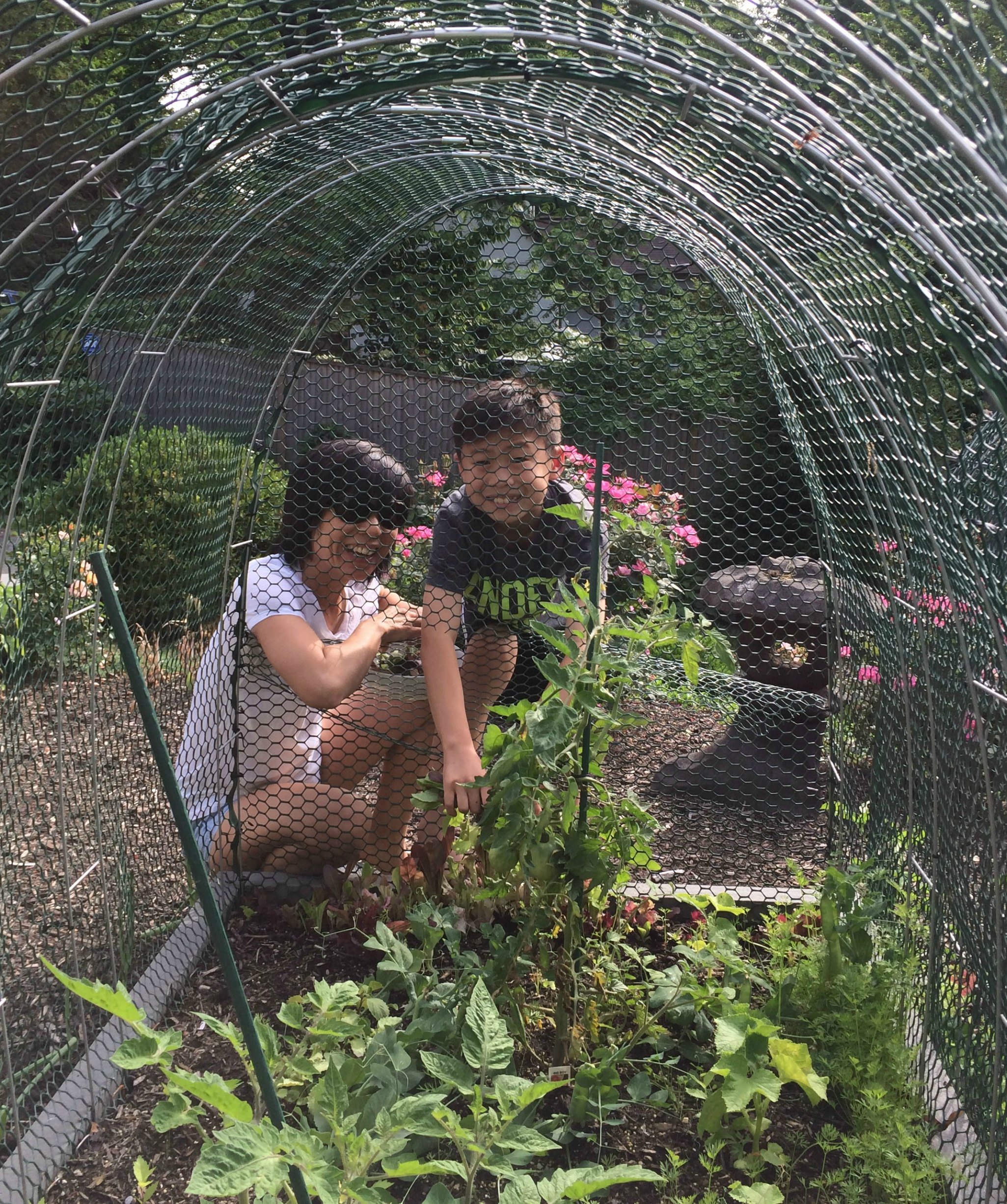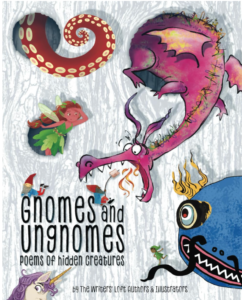Garden designs and seed packs emerge when the earth melts, and the first tulips bloom. Children are drawn to gardening tools like gloves, buckets, shovels, and watering cans, like bees to honey.
Gardening is not only a likable hobby for children, but it is also a wholesome and valuable educational tool. Plant care may teach science and math to children, which can help them succeed in school. Plant care also improves the mind’s creativity, thinking, and discovery abilities. While most children like digging in the soil, it may be difficult to pique their interest and involvement in this activity.
So, we’ve compiled a list of five tips for teaching your kids how to care for plants when your flower delivery arrives.
5 Ways to Teach Your Children About Plants’ Care
- Allow the dirt to have a natural airflow.
Digging in the soil is a favorite pastime for children. They’ll be more inclined to pack earth into a pot or vegetable bed a little too tightly, based on their experiences with sandboxes and beaches. Discuss the requirement for a little air in the earth for plants and seeds to be able to breathe. Before planting seeds or inserting a seedling, use a small garden cultivator to break up the ground.
- Teach them about the spacing of the seeds.
The recommended spacing varies from an inch to a foot, depending on the kind of flower or veggie. Make sure your packets are correct, and then show the kids a picture of what it looks like. Two or three fingers apart is roughly how far an inch is. Their arm length might be the length of a foot. It doesn’t matter what they use as a guide.
3. Teach them how to water the plants properly.
Even while kids love to play with watering cans, it is possible to overwater them. Plants that are planted directly in the ground have a better chance of withstanding flooding since the water has a larger surface area to drain. Plants can get damp and waterlogged when sowed in a container or pot. The soil should be tested before watering and only watered when it becomes “sticky.” Using this simple plant watering game, kids will learn the difference between dry, over-watered, and “just right” soil.
4. Teach them how to care for indoor plants.
Children who are impatiently awaiting the sprouting of seeds may take advantage of the convenience of pre-planted and fully-grown indoor plants. Young kids may learn how to water plants correctly and where to arrange them in order for them to blossom with the help of a tiny indoor plant. Give them a spray bottle to assist them in preventing accidents and not overwatering the plants. As an added bonus, spraying yourself with a squirt bottle or mister is both fun and educational.
5. Give them a piece of the action.
Encourage your children to remember to water their indoor plants by including them on their daily to-do lists. Kids will have more satisfaction in their garden or plant pot if they have their own set of kid-sized gardening tools and a bag to carry them about in. A smaller watering can with a fun motif makes it simpler for kids to use, and it’s also easier for neighbors to see.
In a Nutshell
Gardening and growing plants can be a lifelong hobby for kids who learn how to care for them early on. It’s easy to maintain your green leafy pals healthy and productive when you use these five simple tips for helping kids care for their plants.
p.s. Related posts:
Top 10: Best Picture Books for Spring
Picture Books on Growing A Garden
Barefoot Books Planet Protector
Fantasy Garden Play Spaces for Kids and Adults
Yoga for Kids: Rachel’s Day in the Garden
A Year in The Secret Garden Interview
To examine any book more closely at Indiebound or Amazon, please click on image of book.
As an Amazon and IndieBound Associate, I earn from qualifying purchases.
Follow PragmaticMom’s board Multicultural Books for Kids on Pinterest.
Follow PragmaticMom’s board Children’s Book Activities on Pinterest.
My books:
Food for the Future: Sustainable Farms Around the World
- Junior Library Guild Gold selection
- Selected as one of 100 Outstanding Picture Books of 2023 by dPICTUS and featured at the Bologna Children’s Book Fair
- Starred review from School Library Journal
- Chicago Library’s Best of the Best
- Imagination Soup’s 35 Best Nonfiction Books of 2023 for Kids
Amazon / Barefoot Books / Signed or Inscribed by Me











